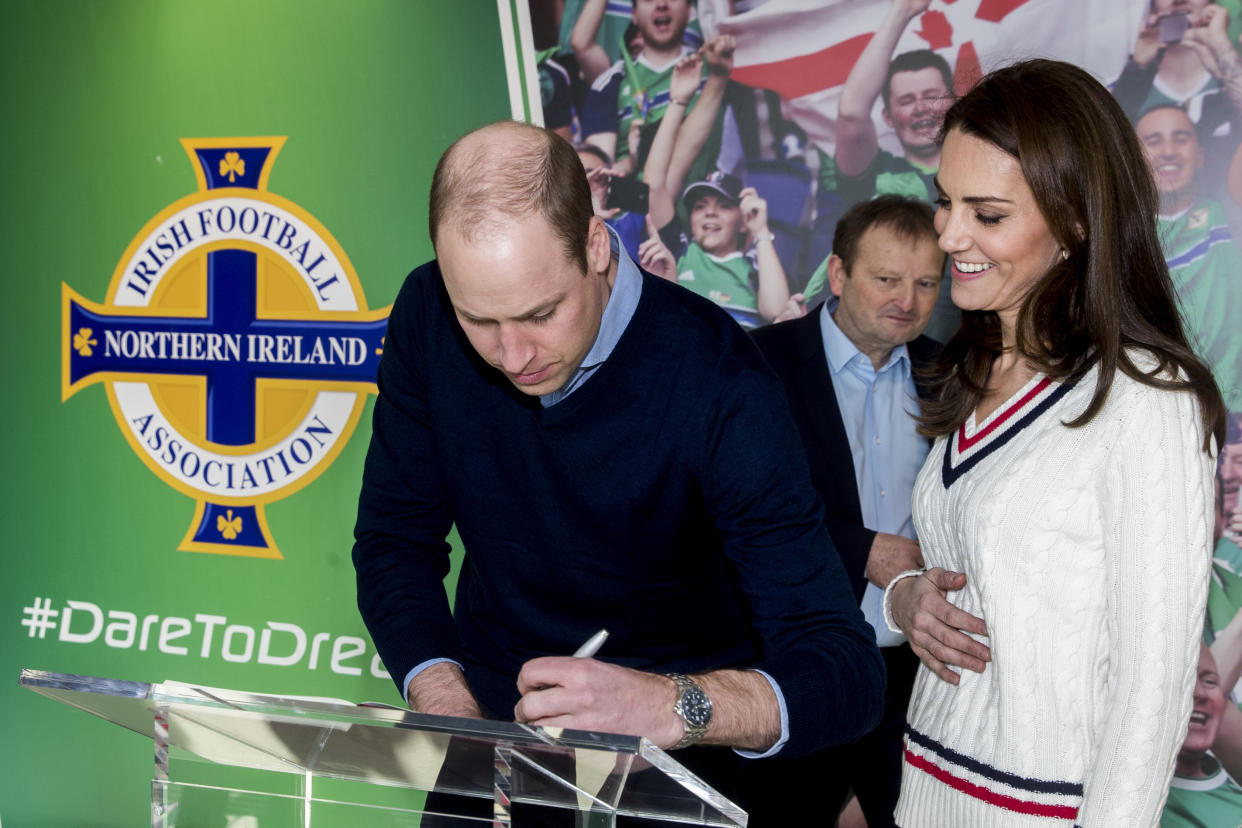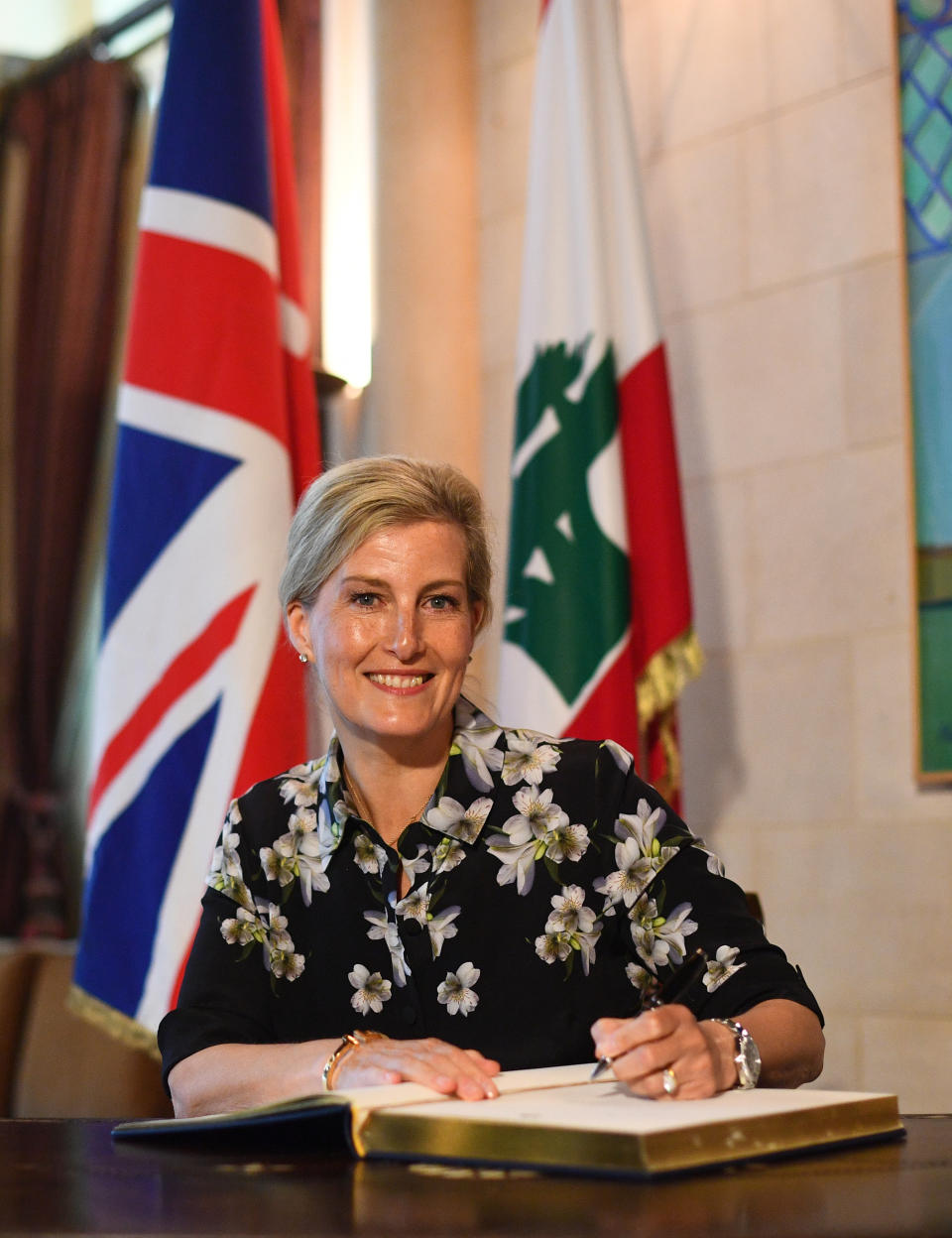A surprising number of Royal Family members are left handed

Happy Left-Handers Day!
While the internet is awash with memes about the struggles of using scissors, playing an instrument and smudging ink, August 13 marks International Left-Handers Day.
Around 10% of the world’s population is left-handed, but how many members of the Royal Family are part of those statistics?
The Duke of Cambridge is a leftie, or a southpaw, derived from the baseball and boxing terms. Prince William, 37, is said to be proud of his handedness and has previously joked that that “left-handers have better brains.”
And according to reports, Prince George, six, is said to have inherited his father’s trait.
He’s even been spotted using a polo mallet with his left hand in the past.

Former PR executive Sophie, Countess of Wessex, who married Prince Edward in 1999, is also a leftie.
William, George and Sophie are not alone.
Queen Victoria is perhaps one of the most famous historical lefties. According to Historic Royal Palaces, the monarch wrote with her right hand, but painted with her left, “which indicates she was made to switch as a child, as was sadly common in the Victorian era.”

Experts from the University of Montepellier found in their study Proceedings B that left-handers have the upper hand when it comes to combat.
Opponents simply do not expect a left-hook.
The research also found that southpaws had the advantage in sports such as fencing, tennis and baseball.
American scientist Dr Alan Searleman, from St Lawrence University, New York, also gathered evidence to suggest that left-handers tend to be more intelligent than right-handers, and better problem solvers, The Independent reported in 2000.
Speaking at the American Psychological Association’s conference, he said: "Left-handers have a higher 'fluid' intelligence and better vocabulary than the majority of the population.
This is perhaps why there are more of them in creative professions, such as music, art and writing."


